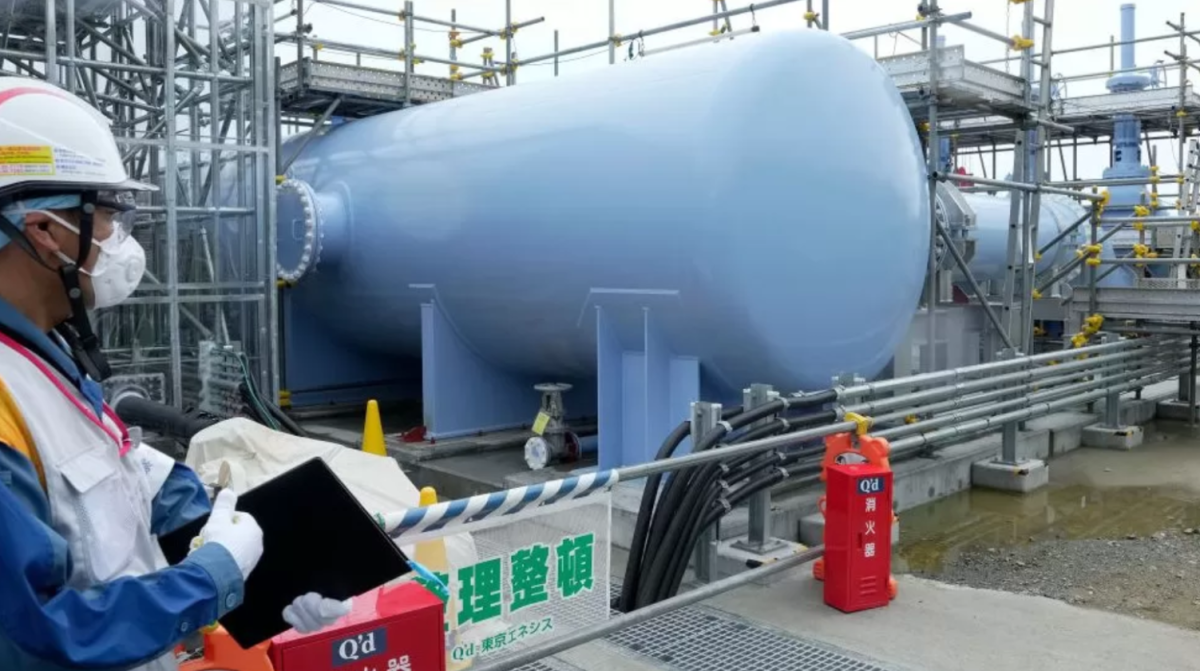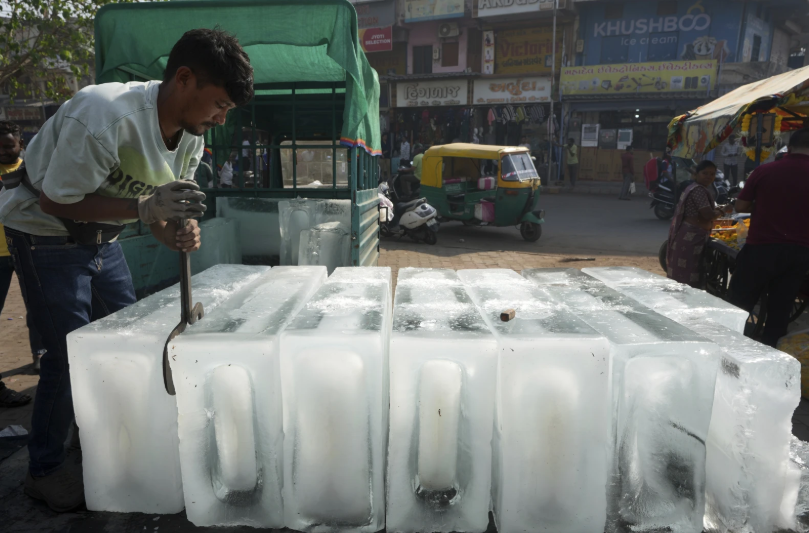Japan has begun releasing water into the Pacific Ocean from the wrecked Fukushima nuclear plant. The water has been treated and radioactive elements have mostly been removed from the water but a certain element, Tritium, can not be removed. “[Tritium] would have no adverse impact on human health and the environment,” stated Environment Minister Akihiro Nishimura.
The Fukushima nuclear plant melted down after the Tohoku earthquake and tsunami struck Japan in 2011. The nuclear plant was flooded to contain the destruction but that left over 350 million gallons of radioactive water in the plant. The nuclear reactors continue to be cooled which is why the contaminated water continues to be contained. There are currently 1,000 tanks holding the contaminated water on the plant and the tanks are nearing capacity which is why the Japanese government allowed the water to be released into the ocean. The water being released has been heavily filtered and is being mixed with seawater to dilute the Tritium before being released into the ocean.
Multiple countries are condemning Japan’s release of the water due to its potential effects on the environment. Protests spread throughout South Korea, Hong Kong, China, and even Japan condemning the release of the contaminated water. China has halted sea imports from Japan in protest of the water release. “The disposal of contaminated water in Fukushima is a major nuclear safety issue with cross-border implications, and is by no means a private matter for Japan alone,” says the Chinese foreign ministry.
The UN’s nuclear watchdog stated that the contaminated water will have an insignificant effect on humans and the environment. While US State Department has also released a statement supporting the Japanese government’s decision, “Since the disaster, Japan has been open and transparent as it has sought to responsibly manage the Fukushima Daiichi site and the eventual release of treated water, proactively coordinating with scientists and partners from across the Indo-Pacific region as well as with the International Atomic Energy Agency (IAEA).”
The water is being heavily monitored by Japanese authorities and the IAEA. “We’ve got to put radiation in perspective, and the plant release — if it’s done properly — then the doses that people get and the doses that the ecosystem get just won’t be significant, in my opinion,” expresses Jim Smith, an environmental professor.
The first water release is scheduled to take 17 days and began on August 24th while the entire process is estimated to take 30 years. Any potential long term environmental effects of this water release will not be seen for at least a year, and by then it may be too late to reverse the damage.





















